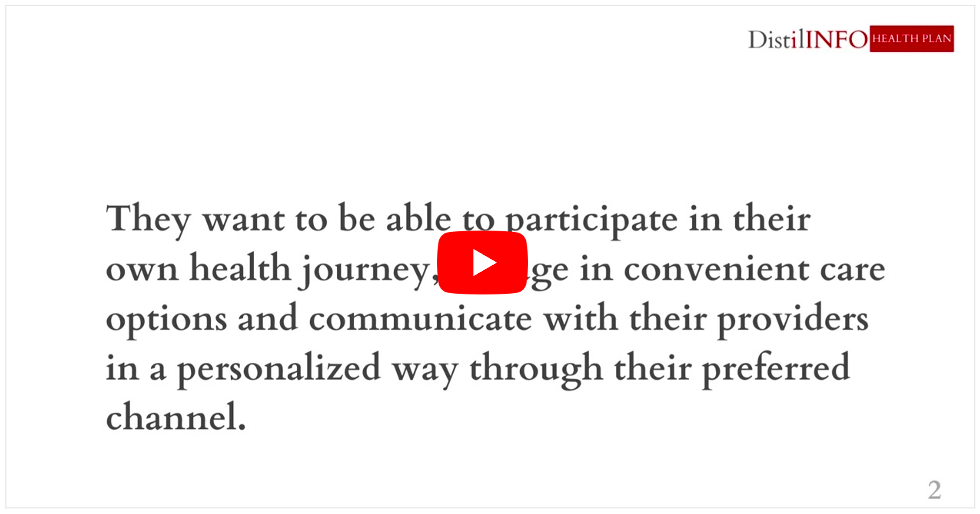
Patients have long desired a more personalized healthcare experience. They want to be able to participate in their own health journey, engage in convenient care options and communicate with their providers in a personalized way through their preferred channel. For healthcare systems, meeting these consumer needs has become more urgent as organizations look toward recovery post-COVID-19 in terms of both financial health and staffing concerns.
Consumer expectations are being molded by convenience at levels not experienced before, think Netflix and Amazon. Now, these expectations are transferring to healthcare. According to Salesforce, 40% of consumers say communications from the healthcare and life sciences industries feel relevant, with 69% saying one extraordinary experience raises their expectations of other companies. As healthcare consumerism grows, there is an expectation that health systems and providers should evolve to meet patients where they are when they need them via the communication channel they prefer. Engaged patients can translate to more participation in their own care, which in turn can lead to better overall health and lower costs.
In order to shift healthcare toward a patient-centric model, there must be synergy between payers, providers and patients; technology is the bridge that can help bring all three together. Health systems and providers are now starting to see the value in customer relationship management (CRM) tools to engage patients in a personalized way and empower them to become active participants in their health.
When evaluating a CRM solution, there are multiple use cases that should be considered. By employing a clinically-informed CRM, organizations can derive insights from both clinical and engagement data. This type of data-driven solution helps provide a more holistic view of the patient and can enable providers to identify patterns and insights to aid in anticipating future patient needs and optimizing the way they engage with their patients.
Drew Fennell, chief communications and experience officer at Newark, DE-based ChristianaCare, found that their system acknowledged the foundational importance of personalization, patient engagement and activation.
“The focus of marketing communications is no longer about touting your accolades and maximizing heads in beds and patient panels, it’s about using those communications to deliver healthcare and educating and empowering our patients to become active participants in their care and their health journey,” she said.
According to a study published in Health Affairs, an estimated 92% of people age 35+ don’t complete all preventive care recommendations. “A clinically informed CRM empowers organizations to leverage data, technology and digital tools to identify specific populations with an unmet care gap and engage with them in a targeted and personalized way to encourage completion of a specific action,” Leslie Breer, senior director at Cerner, observes.
Managing patients before they become high-risk by closing discrepancies between recommended levels of care and the care they receive is crucial for successful population health management and the disproportionate share of medical costs that are associated with high-risk patients.
Source: Patient Engagement HIT

